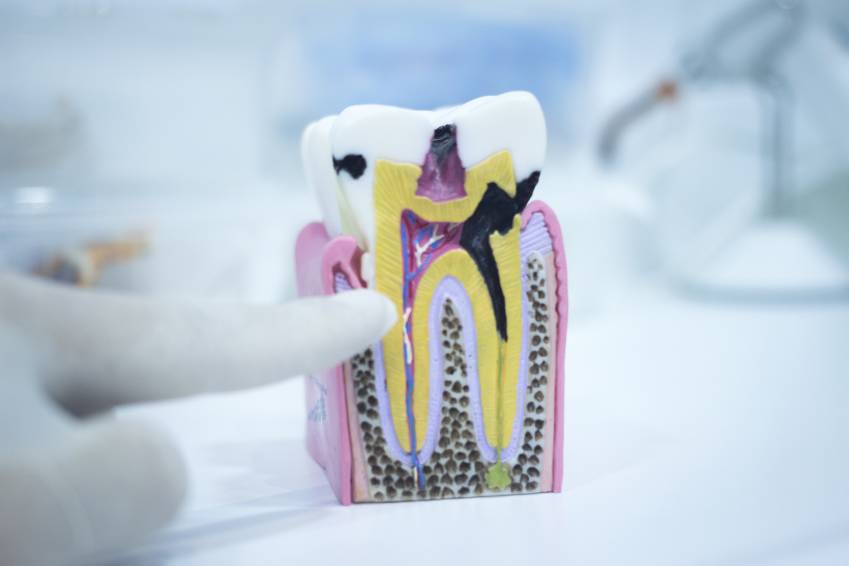Dental Decay: Understanding and Preventing

Dental decay, commonly known as cavities, is a prevalent oral health issue affecting individuals of all ages. In this article, we’ll delve into the causes, signs, and effective prevention strategies for cavities
Understanding Dental Decay:
Dental decay occurs when the protective enamel of the teeth is damaged by acids produced by bacteria in plaque. Plaque is a sticky film that forms on teeth, and if not removed through proper oral hygiene practices, it can lead to the erosion of enamel and the formation of cavities.
Signs of Cavities:
1-Tooth Sensitivity: Increased sensitivity to hot, cold, or sweet foods can indicate the presence of cavities.
2-Visible Holes or Pits: Cavities may manifest as visible holes or pits on the tooth’s surface.
3-Toothache or Pain: Persistent toothache or pain, especially while eating, can be a sign of cavities.
4-Staining or Discoloration: Dark spots or discoloration on the tooth’s surface may signal dental decay..
Preventing Cavities:
Effective Oral Hygiene: Regular brushing, flossing, and the use of fluoride toothpaste are essential for preventing plaque buildup.
Balanced Diet: Limiting sugary and acidic foods helps reduce the risk of enamel erosion.
Fluoride Treatment: Professional fluoride treatments at the dental clinic strengthen tooth enamel.
Regular Dental Check-ups: Routine dental visits allow for early detection of cavities and prompt intervention.
Educational Outreach:
Our dental clinic is committed to educating patients about the importance of oral hygiene and cavity prevention. We offer personalized advice on maintaining optimal dental health to enhance overall well-being.
By taking proactive measures and embracing a comprehensive oral care routine, individuals can significantly reduce the risk of cavities and enjoy a healthier, brighter smile. Contact our dental practice today to schedule an appointment and prioritize your dental wellness.
